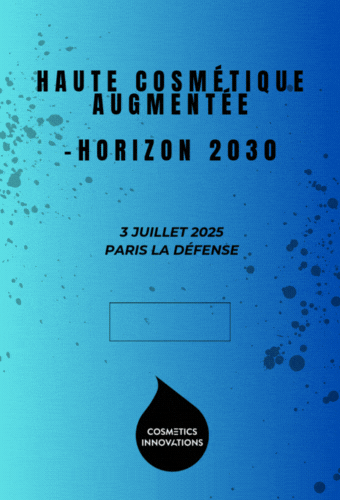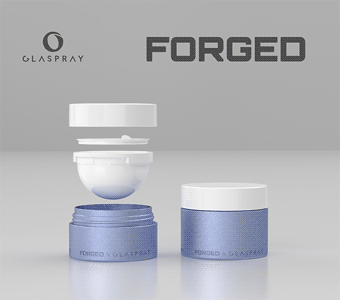Premium Beauty News – Why set up a cosmetics laboratory dedicated to dark skins?
Louise Danel – Cyrea was born from the story of Jean-Pierre Paugam and his wife Natacha Paugam, who is of Angolan origin. Noting the absence on the market of products adapted to her skin and that of her mixed-race children, Natacha surrounded herself with scientists and dermatologists to create her own laboratory in 2018. She aimed to use the structure of matte and dark skins as a starting point for developing adapted products, rather than adapting products originally designed for Caucasian skins to dark skins. Creating Cyrea made it possible to develop the Ustawi cosmetics brand, which was launched on the American market in 2021.
It is a proven fact that black skin has structural and functional differences compared to Caucasian skin, so we focused on these particularities to develop truly adapted products.
Premium Beauty News - Can you tell us more about these differences?
Louise Danel – Having a dark skin has both advantages and drawbacks. One of our main focuses is hyperpigmentation and the resulting uneven skin tone. We have been conducting research on this subject and we plan to publish our findings shortly.
Other aspects to consider include a tendency to hyper-seborrhoea and blemishes, slower cell renewal, which can lead to dull complexion, and a less effective skin barrier due to a lack of ceramides. As regards sun protection, although there is a debate about a possible vitamin D deficiency, we believe that it is nonetheless necessary to protect dark skins.
Premium Beauty News - Does the climate have an impact on these issues?
Louise Danel – The problems mentioned above are structural in nature, but exacerbated by the exposome. For example, it has been demonstrated that pollution is an aggravating factor in hyperpigmentation. Environmental protection is a major focus of our research.
Premium Beauty News - How do you work?
Louise Danel – From the outset, we worked closely with the university of Aix-Marseille, in the south of France, in particular with Professor Philippe Piccerelle. Our approach was first based on an in-depth literature review in order to develop a specific scientific method: a multi-target approach to melanin. Our actives are carefully selected to complement each other and give our products multiple benefits. The choice of galenic forms is also carefully considered to ensure a pleasant sensory experience and maximise ingredient efficacy.
Premium Beauty News - Which textures and actives are best?
Louise Danel – We develop innovative textures composed of at least 93% of ingredients of natural origin, with very strict specifications. Respecting the sensitivity of black skins is our priority, which is why our formulas are fragrance-free.
We use various technologies such as biomimicry, bi-gel structures, adaptive ingredients, and evolutionary textures. We prefer objectified actives, preferably of African origin. Our favourite ingredients include baobab fruit, myrtle leaf, liquorice root, and the active molecule in green tea.
Premium Beauty News - Is there demand from other brands for these specific formulas?
Louise Danel – Right now, our research and development activities are focused on creating products for the group’s brands: Ustawi and Be Radiance, a makeup brand that has just joined us. Expanding our services is not part of our current business model, but we are not ruling out this possibility in the future.
Premium Beauty News - How can we move forward with targeted cosmetics?
Louise Danel – First, a great deal of scientific work is needed because data on this subject is very limited. We have seen a change over the past two years: brands are starting to take interest in this issue, as are raw material suppliers, some of whom objectify their actives for dark skins.
At Cyrea, we are committed to advancing research in melanin-rich skin and using this knowledge to develop products that meet a real need. We have found that it is more difficult to carry out clinical tests on dark skins, which may explain the lack of studies on phototypes IV, V and VI. However, it is legitimate to question the relevance of extrapolating the results of studies carried out on fair skins and applying them to these phototypes.
Premium Beauty News - What are the obstacles and prospects?
Louise Danel – The field of cosmetics adapted to black and mixed-race skin is still in its infancy, and the prospects for developing knowledge are considerable. With over 50% of the world’s population having melanin-rich skin, this is a huge market.
Brands and laboratories also have an educational role to play, as the lack of suitable products encourages consumers to make their own, with all the risks that entails.
We have also noticed a confusion which demonstrates the crying need for awareness and knowledge in this area: some people think that using products designed for dark skins on fair skins will darken their complexion! Consumers need to be informed, whatever their skin colour.






































